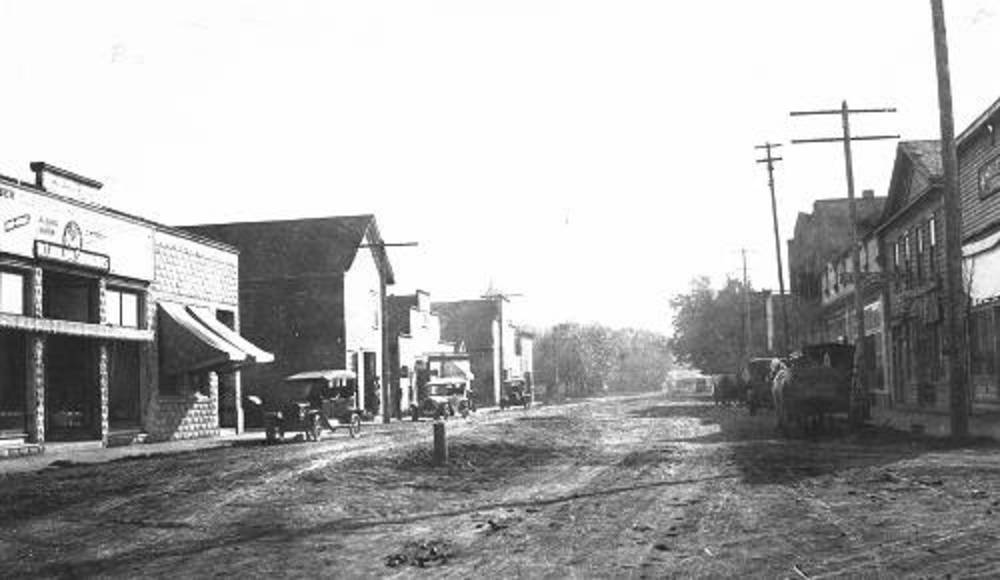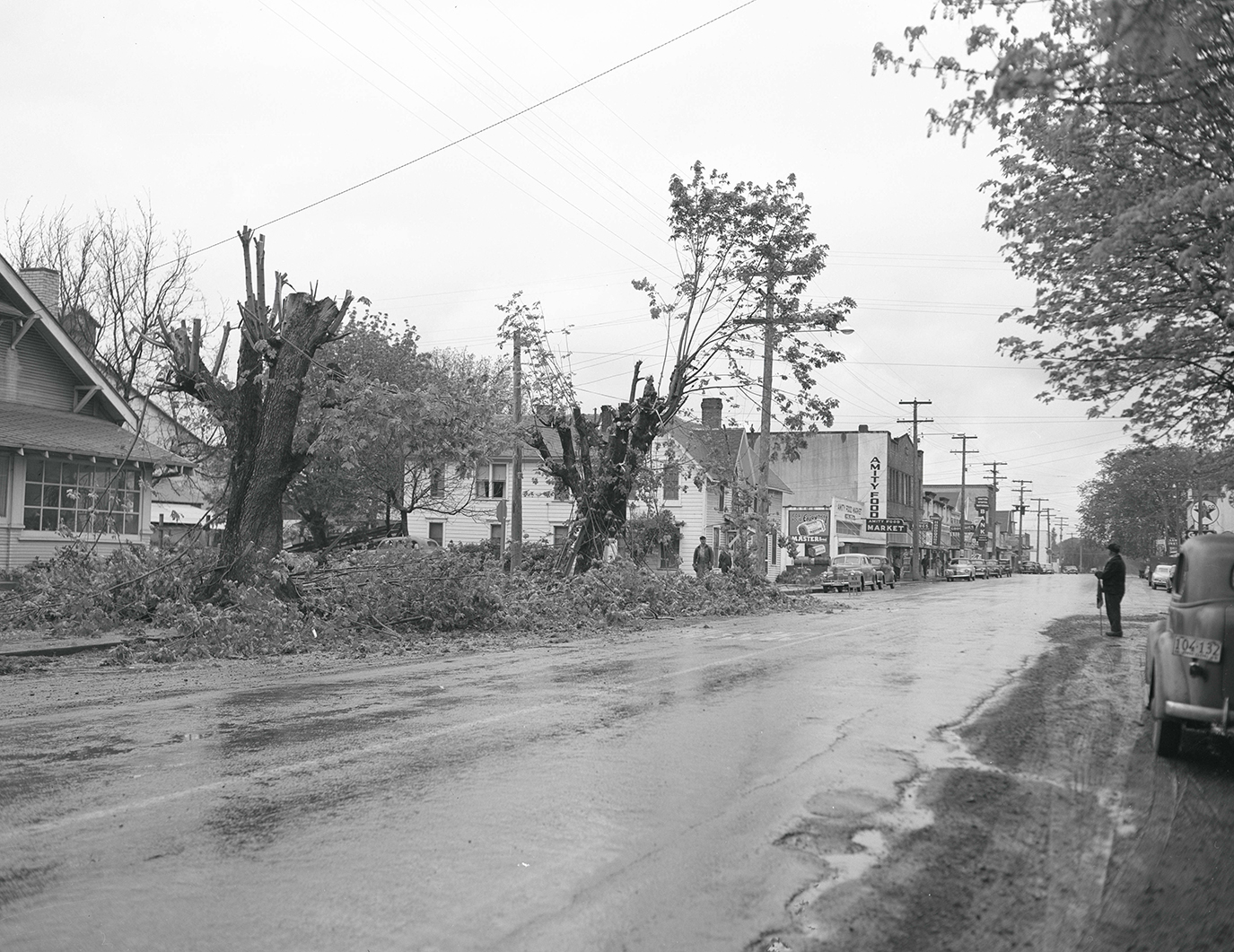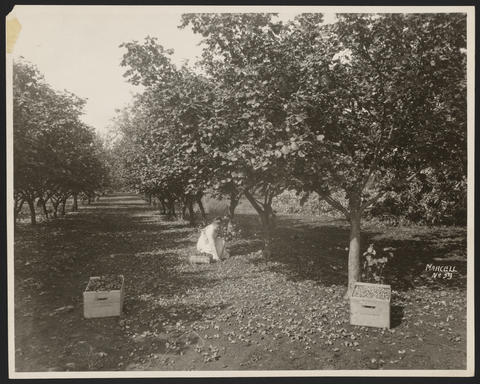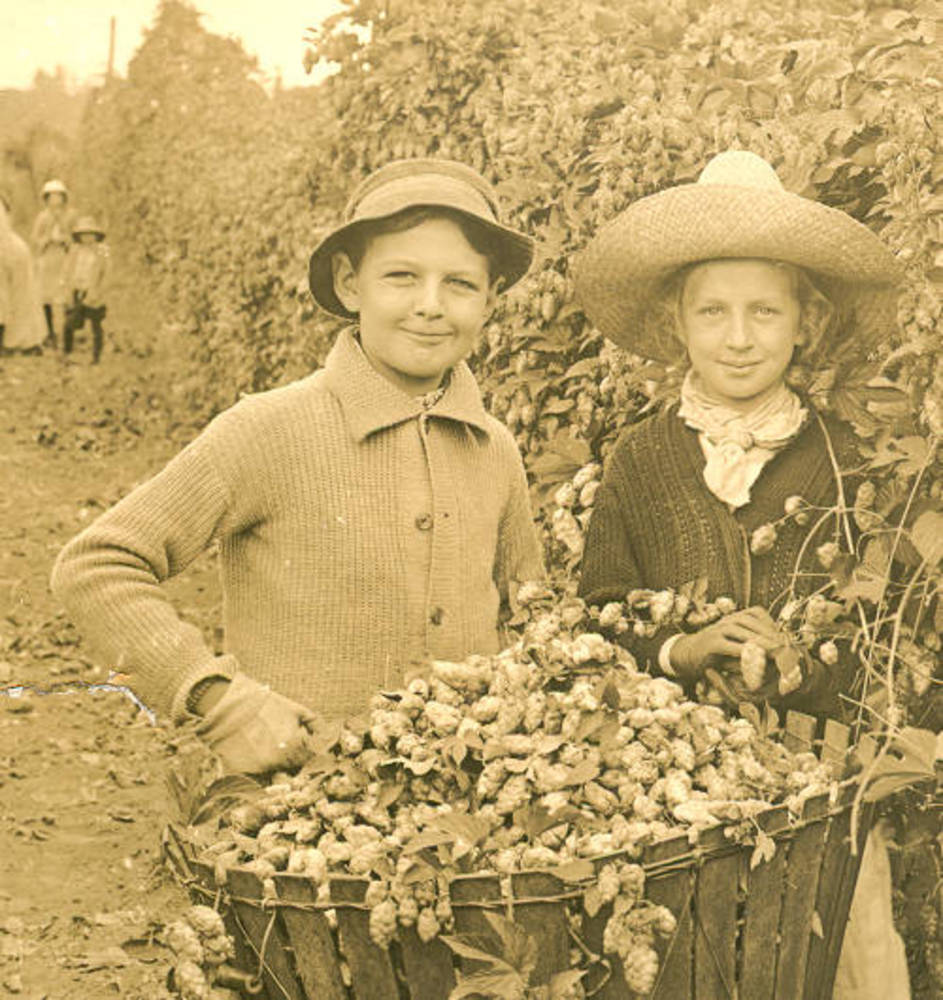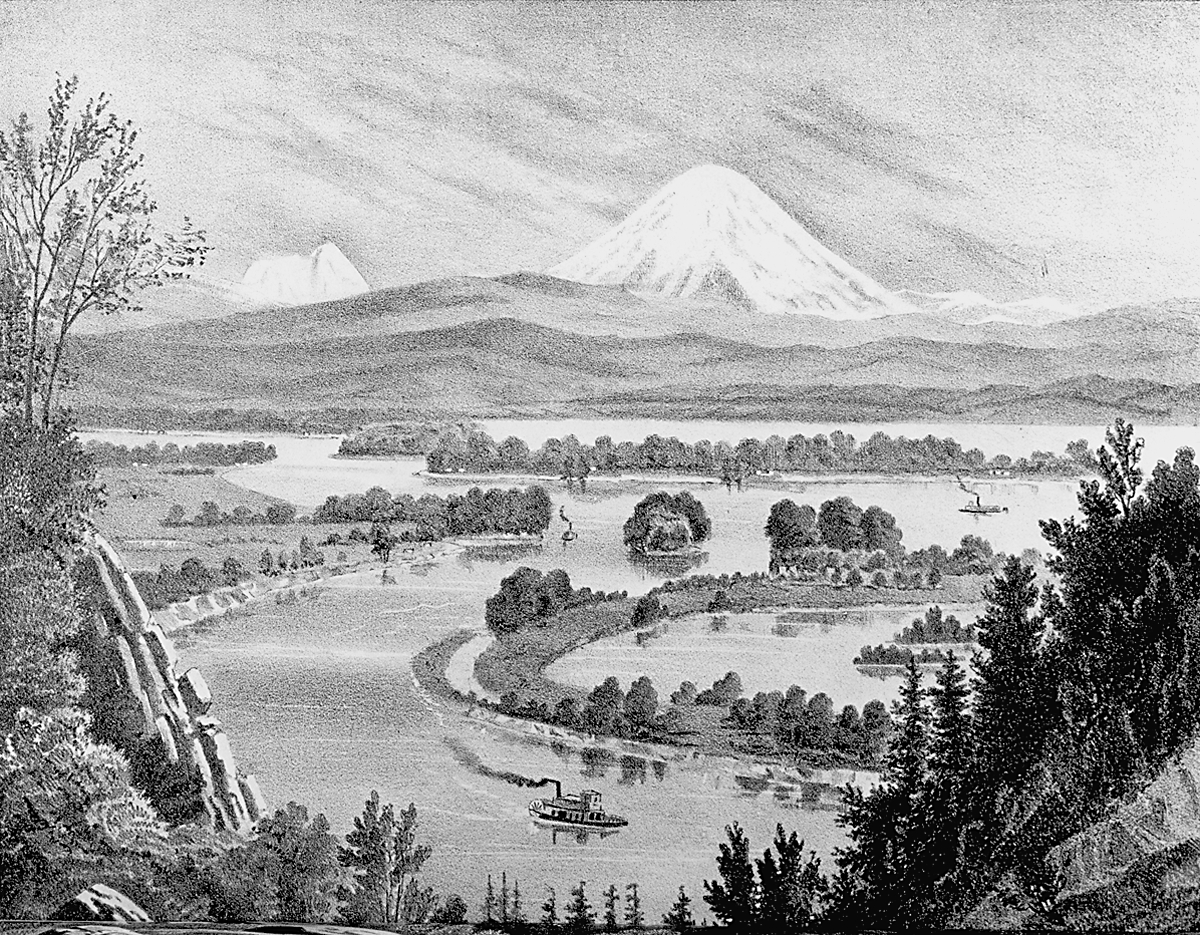Amity is situated in southern Yamhill County along Salt Creek near its confluence with Ash Swale and at the base of the Amity Hills. Farmers began settling in the valley in the 1840s, and in 1849 families made plans to establish a school. The site for the school was hotly debated, however. While the argument continued, Jerome B. Walling and other settlers asked Ahio Watt to become the teacher for the new school. Watt had been planning to leave for the California gold fields, but he consented to remain on the condition that the community "would then and there settle a long controversed question of the location of the school, and should all go to work and build the schoolhouse." The condition was met, and Ahio christened the school Amity.
A post office was established near the school on July 6, 1852, with Walling as the postmaster, and a Methodist church opened its doors the next year. In 1859, Walling laid out the townsite of Amity, flanking Trade Street, the principal thoroughfare. The Oregon Central Railroad arrived from Portland in 1879, giving local wheat-growers a direct connection with a port. The town grew into a grain warehousing, milling, and shipping point and was incorporated in 1880, when the census reported a population of 215.
Amity remained a small shipping and mercantile center for the next century and by 1950 had a population of 670 people. In the 1910s, Trade Street was made part of the Pacific Highway—Highway 99W, the region's principal north-south road—which was paved in the early 1920s. When major long-distance highway traffic shifted in the 1930s to Highway 99E far to the east, however, Amity languished as a commercial center. By 1970, the town's population had climbed only slightly, to 708.
Over the years, local agriculture diversified to include prunes, hazelnuts, and hops, while wheat became less important. Since 1970, however, Amity has declined as a mercantile center and shipping point. The landmark Meeker Seed and Grain mill, built in 1910, was taken apart in 2002, its old-growth timbers recycled into new construction elsewhere.
At the same time, Amity has gained prominence in the wine industry. Wine grapes were first commercially planted in the Amity Hills at Amity Vineyards in 1971, and the new industry thrived. In 2006, the Eola-Amity Hills District American Viticultural Area was designated, and by 2008 the area supported some thirty wineries with 1,460 acres in vineyards. The wine industry and the increase in long-distance commuting to job sites in the Portland and Salem areas helped drive Amity's population to 1,175 in 1990 and to an estimated 1,757 in 2020.
The town has also caught the attention of tourists. Since the late 1960s, Amity has held a popular annual summer pancake breakfast, and Amity High School has sponsored an Amity Daffodil Festival each spring since 1995. The Brigittine order of contemplative monks established the Priory of Our Lady of Consolation in 1986 at a former farm near Amity. The monks have acquired a reputation for producing a fine fudge confection, and the priory is now a tourist attraction.
-
![]()
Main street, Amity, 1915.
Oreg. State Univ. Archives, Gerald W. Williams Coll., Willamette Valley album, WilliamsG:WV Amity
-
![]()
Amity, Oregon, 1949.
Oregon Historical Society Research Library, Org. lot 151, PGE49-45
Related Entries
-
![Hazelnuts]()
Hazelnuts
Hazelnuts, also called filberts, have provided food for Indigenous peop…
-
![Hop Industry]()
Hop Industry
Hops are perennial, cone-producing, climbing plants native to Europe, A…
-
Joseph Watt (1817 - 1890)
Joseph Watt, who settled in Yamhill County in 1848, helped wake up the …
Map This on the Oregon History WayFinder
The Oregon History Wayfinder is an interactive map that identifies significant places, people, and events in Oregon history.
Further Reading
Stoller, Ruth, comp. Old Yamhill: the Early History of its Towns and Cities. Portland: Binford & Mort, 1976.



